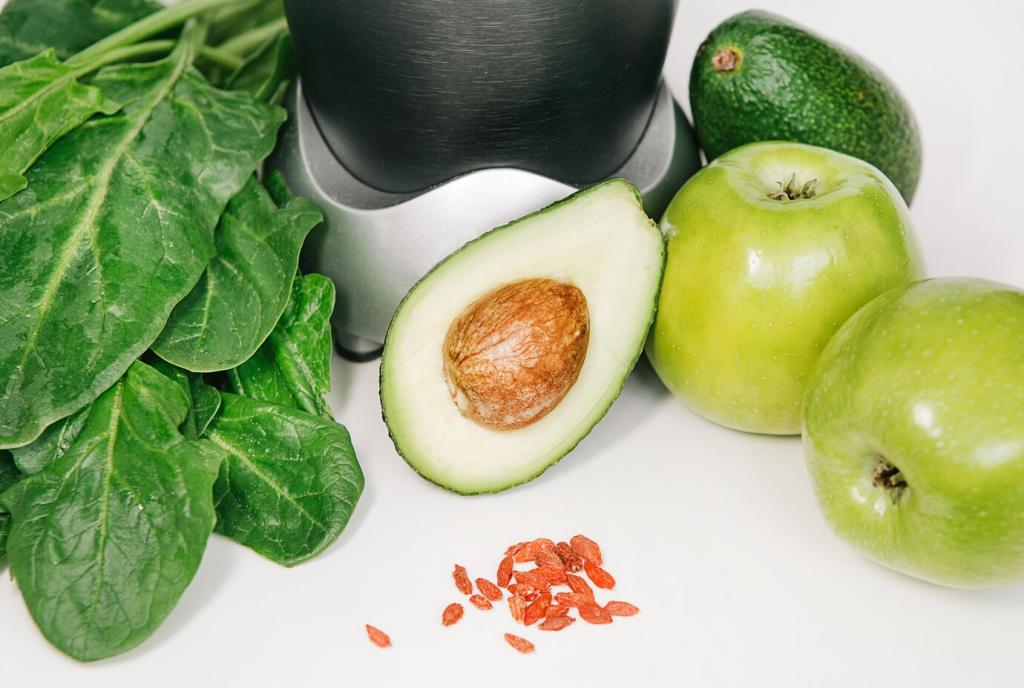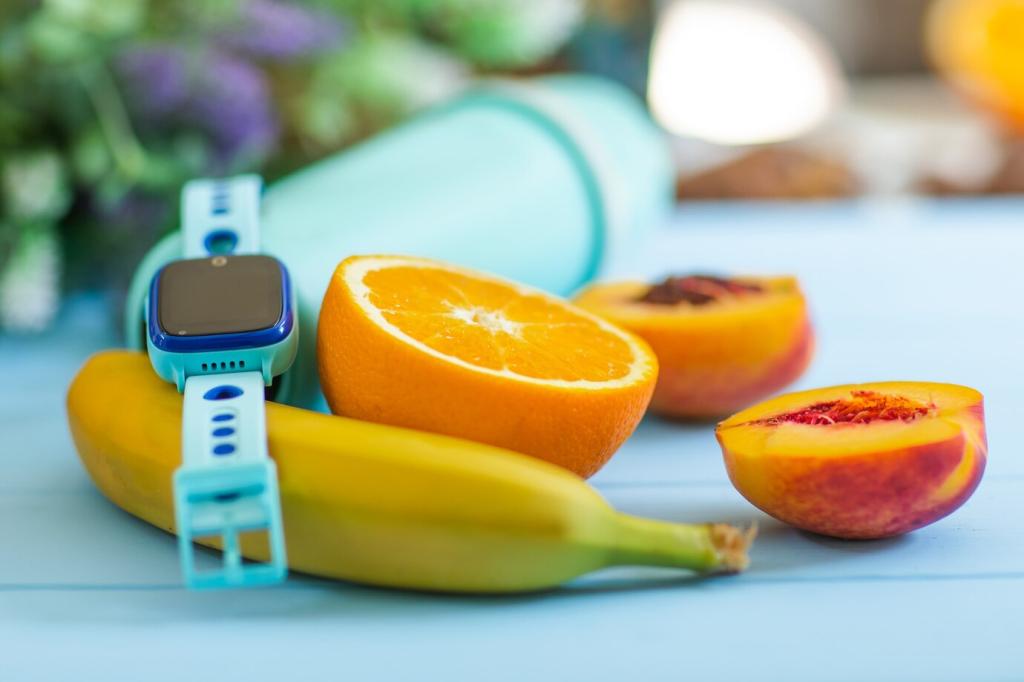Fiber-Powered Superfoods for Microbial Diversity
Soluble fiber forms a gel that slows digestion and feeds microbes, found in oats, apples, and beans. Insoluble fiber adds bulk and speeds transit, found in veggies and whole grains. Both together create balance and comfort.
Fiber-Powered Superfoods for Microbial Diversity
Onions, garlic, leeks, asparagus, green bananas, chicory root, Jerusalem artichokes, and oats are classic prebiotics. They preferentially nourish beneficial bacteria, improving diversity. Add a small portion at lunch and dinner, then evaluate how you feel.
Fiber-Powered Superfoods for Microbial Diversity
Increase fiber in stages, drink more water, and consider soaking legumes to reduce fodmaps. A ten minute walk after meals eases gas. Share your go-to fiber booster, and we will feature favorites in our next newsletter.






